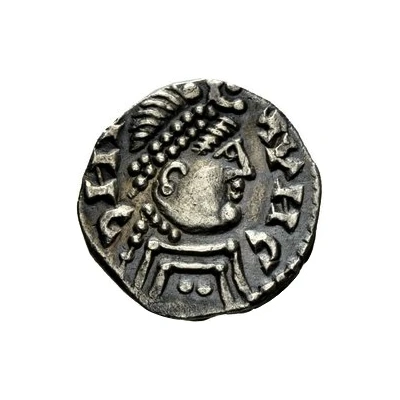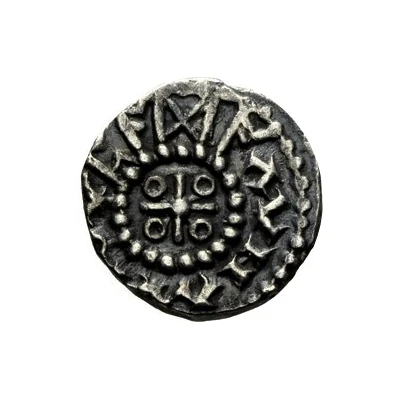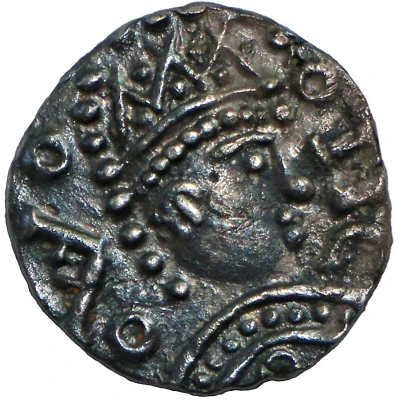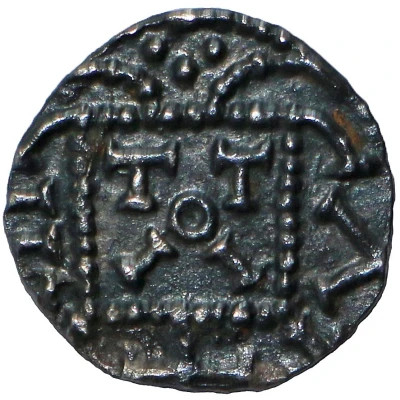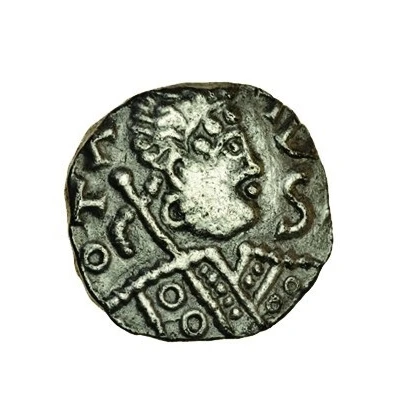
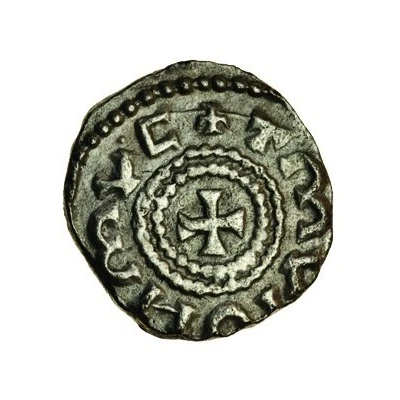

© Spink and Son
Sceat 'Vanimundus'; Type B
| Silver | 1.2 g | - |
| Issuer | Early Anglo-Saxon (Kingdoms of British Isles and Frisia) |
|---|---|
| Type | Standard circulation coin |
| Years | 675-685 |
| Value | 1 Sceat |
| Composition | Silver |
| Weight | 1.2 g |
| Shape | Round (irregular) |
| Technique | Hammered |
| Orientation | Variable alignment ↺ |
| Demonetized | Yes |
| Updated | 2024-10-09 |
| Numista | N#117396 |
|---|---|
| Rarity index | 97% |
Reverse
Cross potent within wreath, blundered legend around.
Script: Latin
Comment
Early Anglo-Saxon (600-775), Sceatta coinage (c.675-c.760), Early transitional types by Thrymsa moneyers (c.675-c.685).Sceat, 'Vanimundus', Type B, as post-Crondall type but silver. Abr. 2
Interesting fact
One interesting fact about the Standard circulation coin Sceat ('Vanimundus'; Type B) (675-685) from Early Anglo-Saxon (Kingdoms of British Isles and Frisia) made of Silver weighing 1.2 g is that it features a unique blend of Christian and pagan elements in its design. The obverse side of the coin depicts a cross, which symbolizes the Christian faith, while the reverse side features a image of a bird, which is believed to represent the pagan belief in the importance of animals and nature. This blending of religious symbols reflects the cultural and religious diversity of the Early Anglo-Saxon period and highlights the gradual transition from paganism to Christianity during this time.
